
Can You Put a Tent in the Dryer Safely?
Can You Put a Tent in the Dryer Safely? Published February 4th, 2023 by Allen Campbell Well, it’s no secret that a tent is a
Published June 1st, 2022 by Allen Campbell

Have you ever found it confusing to decide which type of canopy you should be purchasing? The slant-leg canopy? Or the one with straight legs?
With this said, what is a slant-leg canopy?
While shopping for canopies, there are many things that you usually should Consider when purchasing a canopy like the weight, size, durability, material and leg angle when choosing a canopy frame.
But! You would want to also decide whether you need a straight or slanted leg canopy. This may seem to be only a cosmetic variation, but it significantly impacts the canopy’s structural stability.
Let me explain how.

Canopies with angled legs are often more affordable and have a more streamlined appearance; nevertheless, their stability is not on par with that of canopies with a structure made of straight legs.
A frame with straight legs will be more solid and give the most incredible amount of cover without requiring a larger footprint. Below is an example of something that occupies more area yet provides less coverage in the end.
Let’s examine the differences between a canopy with straight legs and one with slanted legs, both measuring 10 feet by 10 feet. The shaded area provided by the straight leg canopy will be around 100 square feet. In comparison, the shaded area provided by the slant leg canopy will be approximately 60 square feet.
Because the legs of this kind of canopy tent are angled away from one another, the overall structure is more “triangular.” Because of its superior stability, this design is highly regarded in the engineering field.
Due to its rigid and stable structure you’ll often see it used in bridges and other constructions where stability is crucial for ensuring that people will not be injured.
The poles of the tent don’t have to be as big as they were had it been a straight leg canopy because construction of the tent is more sturdy in a slant leg canopy.
Consequently, the tent as a whole can be designed to be more compact and lighter in weight. This also makes it easier to transport to and from a location.
Because of the use of these lighter materials, the price of a canopy tent with slanted legs may sometimes be lower than the price of a tent with straight legs.
If you wish to put up a tent with slanted legs next to a structure or another tent, there will be more open space in between, which might allow in wind or light that you don’t want to be there.
Let’s imagine that you come across a tent with slanted legs and a tent with straight legs that are both for sale and both offer a footprint that is 6 feet by 6 feet at the base. When you use a tent with straight legs, you can be confident that the canopy will cover the whole area that the tent covers, giving you peace of mind.
However, the canopy of the tents with the slant legs will be smaller than the tent’s footprint, which measures 6 feet by 6 feet. This will result in some space being wasted towards the borders of the tent, where there will be no shade, yet the tent will still be taking up an area.
Material usage: Because they use less fabric, slant leg canopy tents may be purchased for far less money than their straight leg counterparts.
Coverage: the canopy area of a 6×6 tent with slant legs is around 40 percent less than that of a 6×6 tent with straight legs of the same size. In addition, you will have an immediate financial advantage due to the decreased amount of material used for soft products.
Frame quality: However, when comparing various slant leg tents, you will find that the frames use a lower percentage of steel and have a lower percentage of plastic connecting points.
Aluminum frames are likely to be the lightest and most straconvenient arry out of all the othermavailable e options, making them an ideal choice for traveling. Additionally, they will be resistant to rust as well as corrosion.
However, since aluminum frames are so lightweight, they are prone to bending quickly and are not a good choice for usage in environments with a lot of wind. Therefore, they should only be used when the weather is clear and calm for the greatest results.
Frames made of steel will provide the greatest amount of strength and longevity. They are resilient enough to survive severe weather conditions such as strong winds and heavy rain. Steel frames are often heavier and more difficult to move and build than aluminum frames, but steel frames may be purchased at a lower price.
Steel has the potential to rust; the majority of steel products have a coating applied to prevent rusting, but this treatment does not provide any assurances. Furthermore, because it has the potential to rust, steel will need to be maintained in order for it to endure for its intended purpose.
To summarize, decide whatever picture frame design you want first, and then choose the frame material to go with it. It is important to remember to think about how and for what you will be utilizing your canopy.
Aluminum is the material of choice for those that put a premium on mobility. On the other hand, a canopy with a steel-framed structure is the optimal choice for those who place a premium on strength and longevity.
Canopies with angled legs are often more affordable and have a more streamlined appearance; nevertheless, their stability is not on par with that of canopies with a structure made of straight legs. On the other hand, a frame with straight legs will be more solid and will give the greatest amount of cover without requiring a larger footprint.
When determining the size of your construction, you will need to take into account the requirements that you have. For example, the dimensions of 10 by 10 feet and 12 by 12 feet are both typical for canopies.
Nevertheless, there is a choice between a bigger and smaller size. Be conscious of the fact that the length of the legs of your canopy might have an effect on the amount of protection you will get from the weather.
If it is not treated, the canopy will likely only endure between two and three years. Canopies that are constructed with low-quality textiles will typically endure between six months and a year. The fabric becomes brittle when it is subjected to elements such as sunlight, precipitation, wind, and snow.
A gazebo canopy, its primary function is to provide protection from the sun while also enhancing the overall aesthetic appeal of an outdoor location. A gazebo is a freestanding construction that has its own roof, floors, and support beams. It also has a solid ceiling.
I hope this article answers your question about a slant leg canopy. It’s basically just a canopy that has its legs slanted to the outside. There are certain advantages and disadvantages of this type of canopy, which are discussed in the above article.
All the things that you need to know about slant leg canopies are included in this article. These will help you in making a purchasing decision.

Allen is a full time writer at Mastercanopies.com and enjoys traveling around the United States and exploring nature. He enjoys writing about canopies as he believes they are extremely crucial in having a successful camping trip whether it be a trip to the beach, mountains, or the open plains.

Can You Put a Tent in the Dryer Safely? Published February 4th, 2023 by Allen Campbell Well, it’s no secret that a tent is a
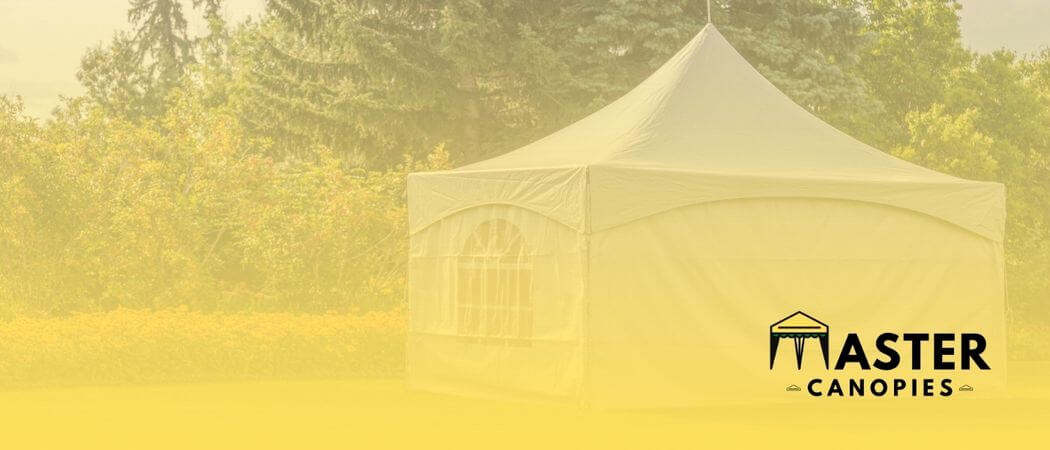
How to Print on a Canopy: How to Print Custom Images/Logos Published February 4th, 2023 by Allen Campbell Do you want to print something special
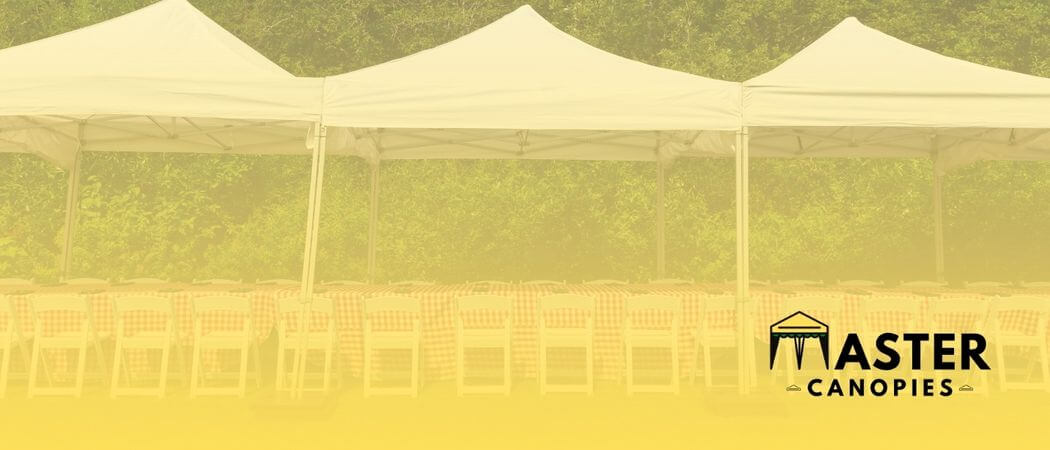
How to Choose the Best Outdoor Event Flooring for your Next Celebration Published January 31st, 2023 by Allen Campbell Planning an outdoor event can be

How to Insulate a Tent for Winter and Keep Warm Published February 3rd, 2023 by Allen Campbell Is your tent the last frontier when it
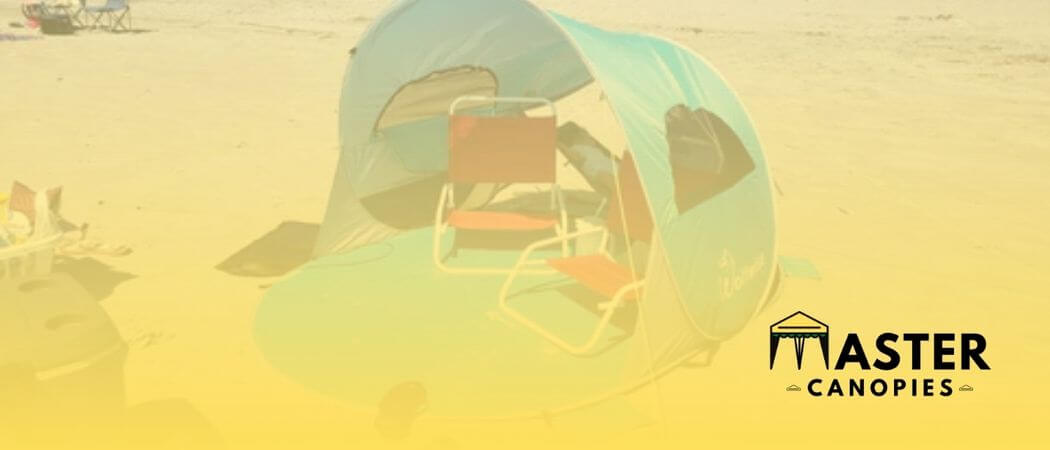
Wolfwise Beach Tent Review: Should You Buy It? Published January 23rd, 2023 by Allen Campbell Are you planning a beach vacation but don’t know exactly
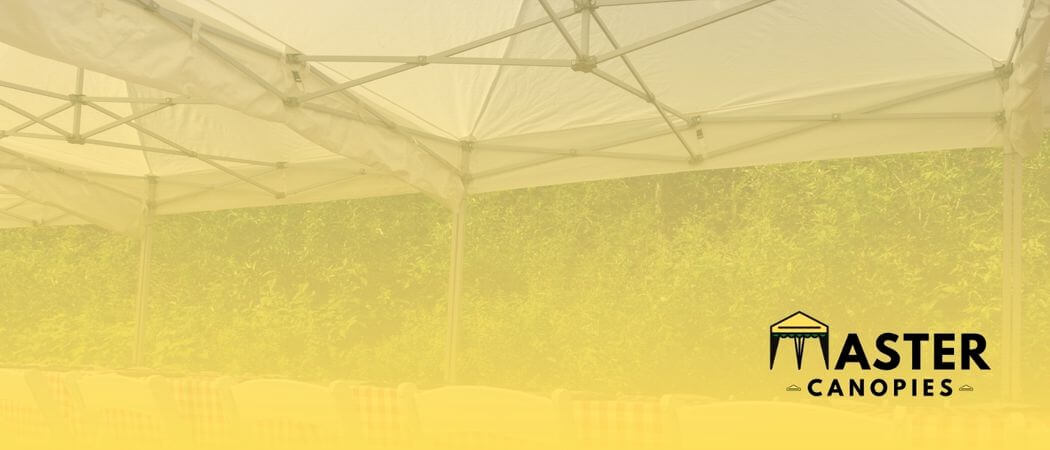
How to Start a Tent Rental Business (and have Success with It!) Published January 23rd, 2023 by Allen Campbell Do you have a knack for

Wolfwise Beach Tent Instructions: Easy Setup Guide Published January 23rd, 2023 by Allen Campbell Let’s face it, setting up a beach tent can be tricky…
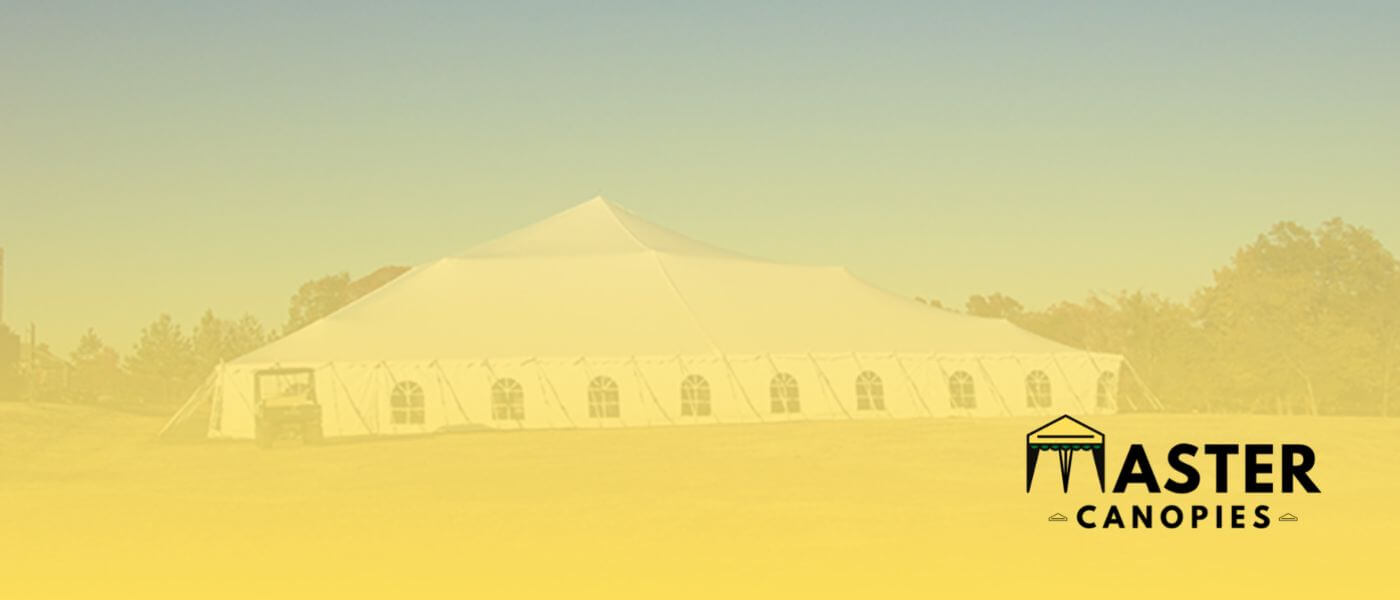
Best 100×100 Tents for Large Gatherings and Parties Published January 12th, 2023 by Allen Campbell Finding the right tent for your next event can be
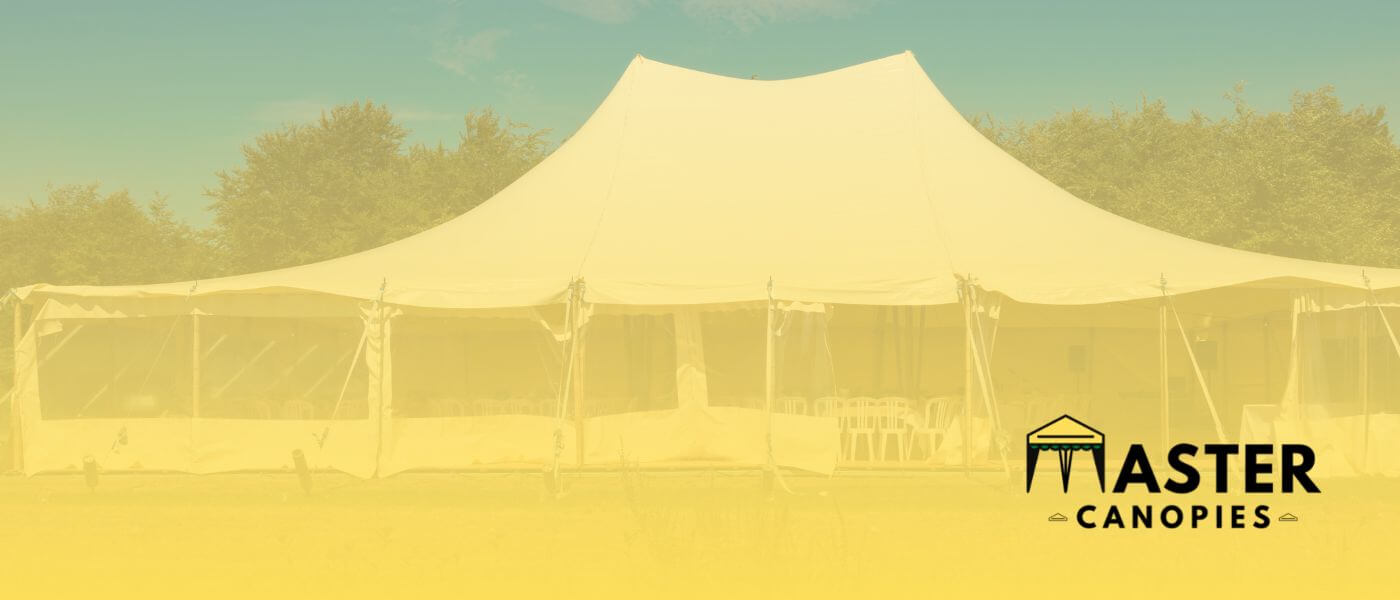
Best Tent Rentals in Downers Grove, IL Published January 12th, 2023 by Allen Campbell Hoping to make a big impact in Downers Grove? Well, if

Master Canopies is here to bring you the best canopies for the outdoors so that you can enjoy the fresh air without the gleaming and burning light of the sun.

Master Canopies is here to bring you the best canopies for the outdoors so that you can enjoy the fresh air without the gleaming and burning light of the sun. As an Amazon Associate, we earn from qualifying purchases.